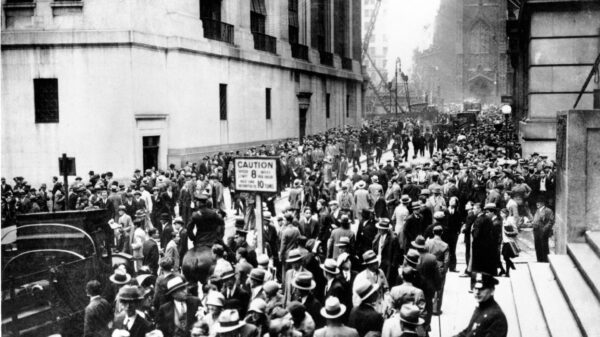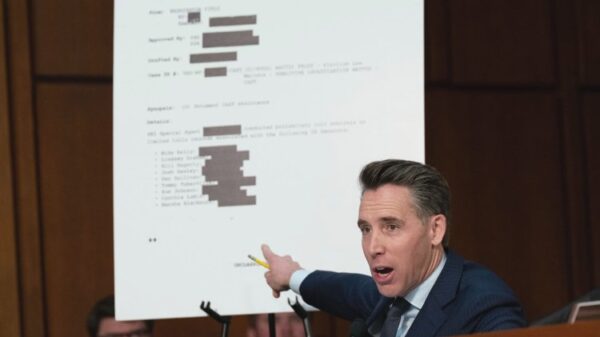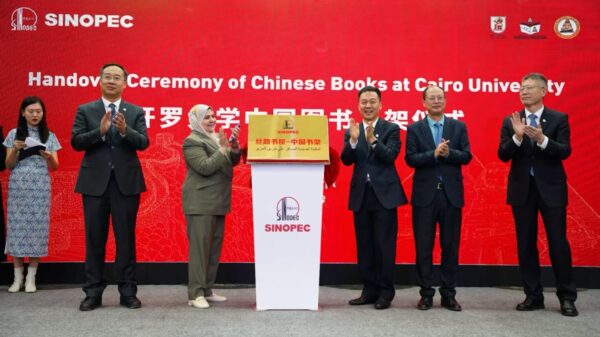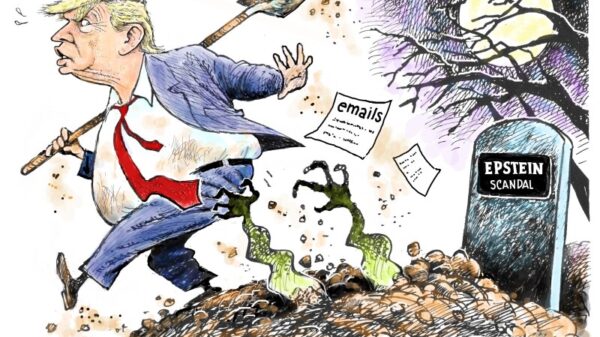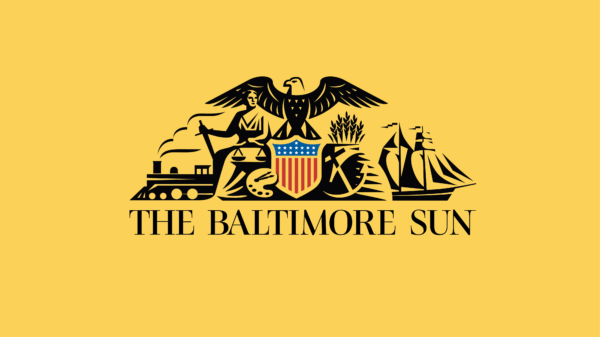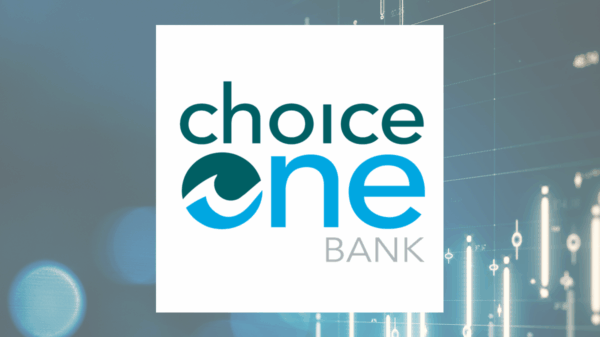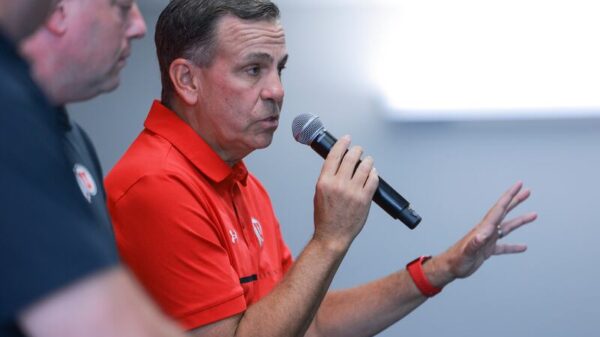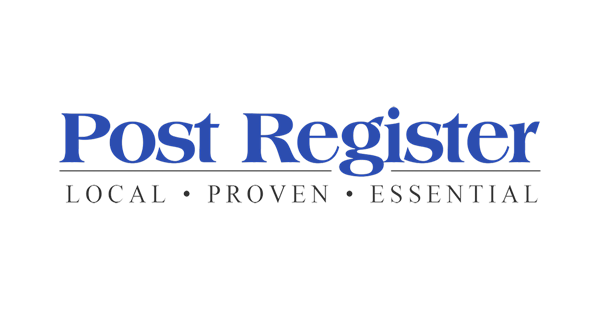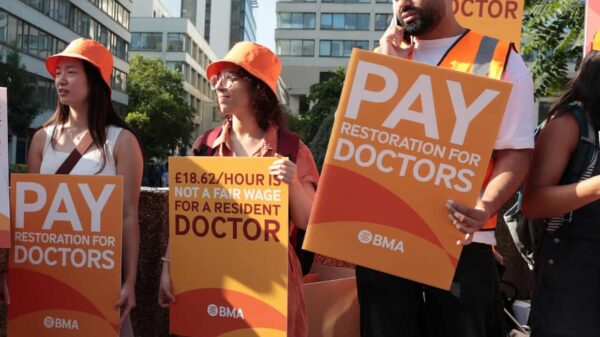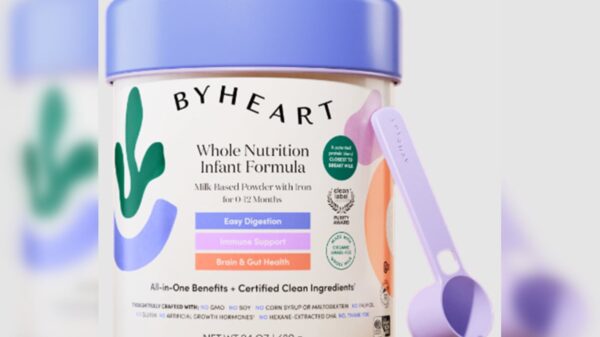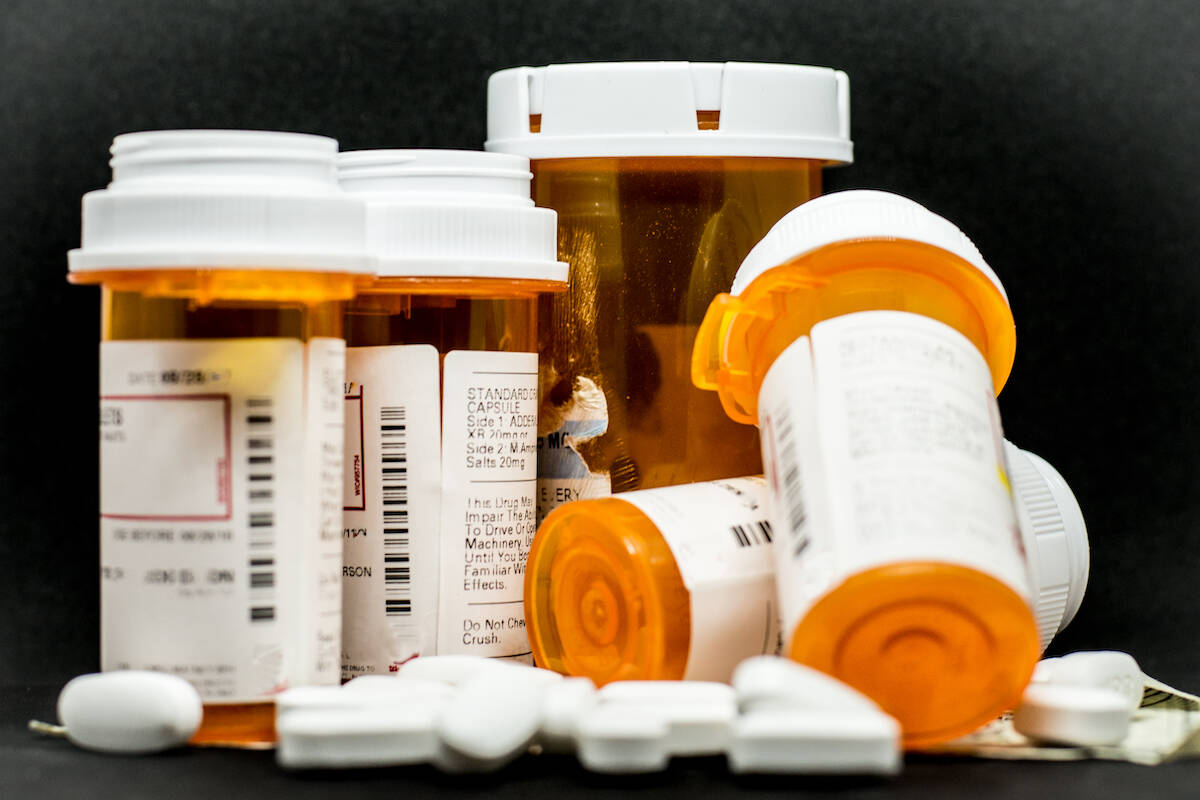President Donald Trump has taken a firm stance on prescription drug prices by sending letters to 17 pharmaceutical companies. He demands that they reduce prices to match the lowest rates offered in other developed nations, a strategy he labels as the “most-favored-nation,” or MFN, price. While his assertion that Americans often pay more for brand-name drugs is accurate, it is crucial to note that prices for generics, which constitute over 90 percent of prescriptions in the United States, are significantly lower.
There are alternative methods to achieve lower drug prices without resorting to importing government-imposed price controls from abroad. Many Americans already enjoy access to lower drug prices through the free market. For instance, weight-loss medications like those produced by Novo Nordisk and Eli Lilly have list prices exceeding $1,000 per month. Yet, both companies offer a direct-to-consumer rate of $499 per month, effectively halving the retail price by eliminating intermediaries such as pharmacy benefit managers (PBMs) and health insurers.
Exploring Direct-to-Consumer Models
The success of the direct-to-consumer model is exemplified by Mark Cuban’s Cost Plus Drug Co., a nonprofit organization that negotiates directly with drug manufacturers. This approach allows Cost Plus to list hundreds of popular medications at significantly reduced prices compared to traditional retail pharmacies. In February 2023, Wisconsin-based Network Health announced it had partnered with Cost Plus, stating it was among the first Medicare Advantage plans in the country to offer average prescription medication savings of up to 37 percent for its members.
Americans can access lower-cost prescription drugs that, in some instances, are even cheaper than prices in many developed nations without navigating the complexities of MFN arrangements. A critical point is that the availability of new medications remains robust in the United States. Approximately 85 percent of newly released drugs are accessible in the U.S., whereas less than half reach patients in some other developed countries, which often operate under government-controlled healthcare systems.
In these nations, governments set fixed prices for drugs, forcing companies to choose between accepting lower profits or forgoing access to their products, significantly impacting patients. The threat of “compulsory licensing” in certain countries allows domestic manufacturers to produce drugs without honoring U.S. patents if companies refuse to comply with government pricing.
The Irony of Price Control Proposals
The irony of Trump’s MFN proposal becomes evident when considering the U.S. as home to the most innovative pharmaceutical industry globally. The high costs associated with developing cutting-edge therapies are intrinsic to the industry. Analogously, Trump’s real estate portfolio, which includes premium properties and resorts, commands higher-than-average prices. He would likely find it unacceptable if foreign nations mandated that he charge the same rates as those at lower-priced competitors.
Trump’s focus on reducing drug prices could have been better addressed during tariff negotiations. While advocating for other countries to invest more in the U.S. economy, he has yet to urge foreign governments to pay higher prices for American-made drugs. As drug prices remain outside the current tariff discussions, pharmaceutical companies may explore innovative pricing strategies, including the direct-to-consumer model adopted by Novo Nordisk and Eli Lilly.
Insurance providers are already encouraging consumers to bypass traditional pharmacies in favor of purchasing three-month supplies directly from manufacturers. Legislative proposals are emerging that would require PBMs to share a larger portion of the discounts and rebates they receive from drug companies with patients.
The potential for lower drug prices in the U.S. exists through market-based solutions. An American approach that prioritizes free-market principles could offer a more effective alternative to European models reliant solely on price controls.





